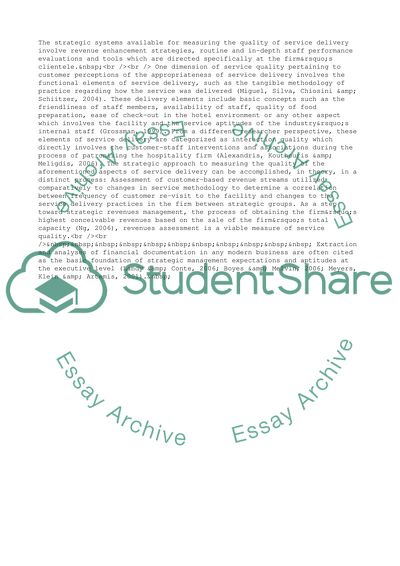Cite this document
(The Measurement Mechanisms of Service Quality Case Study, n.d.)
The Measurement Mechanisms of Service Quality Case Study. Retrieved from https://studentshare.org/management/1544111-what-systems-are-used-to-effectively-manage-service-quality-in-the-hospitality-industry-discuss-and-evaluate-the-benefits-and-issues-that-arise-from-a-strategi
The Measurement Mechanisms of Service Quality Case Study. Retrieved from https://studentshare.org/management/1544111-what-systems-are-used-to-effectively-manage-service-quality-in-the-hospitality-industry-discuss-and-evaluate-the-benefits-and-issues-that-arise-from-a-strategi
(The Measurement Mechanisms of Service Quality Case Study)
The Measurement Mechanisms of Service Quality Case Study. https://studentshare.org/management/1544111-what-systems-are-used-to-effectively-manage-service-quality-in-the-hospitality-industry-discuss-and-evaluate-the-benefits-and-issues-that-arise-from-a-strategi.
The Measurement Mechanisms of Service Quality Case Study. https://studentshare.org/management/1544111-what-systems-are-used-to-effectively-manage-service-quality-in-the-hospitality-industry-discuss-and-evaluate-the-benefits-and-issues-that-arise-from-a-strategi.
“The Measurement Mechanisms of Service Quality Case Study”. https://studentshare.org/management/1544111-what-systems-are-used-to-effectively-manage-service-quality-in-the-hospitality-industry-discuss-and-evaluate-the-benefits-and-issues-that-arise-from-a-strategi.


